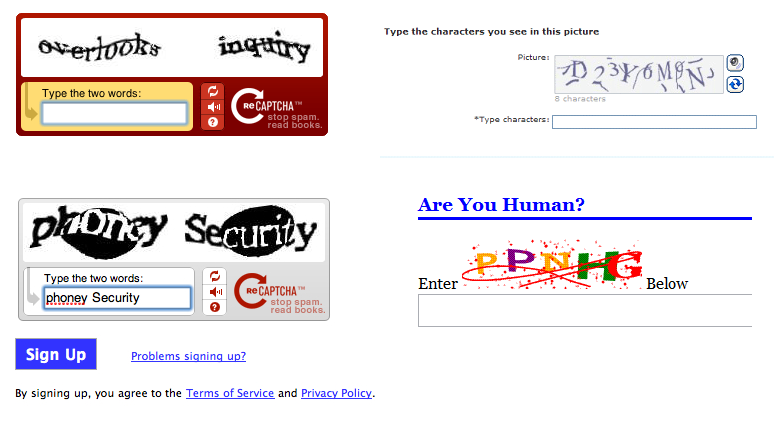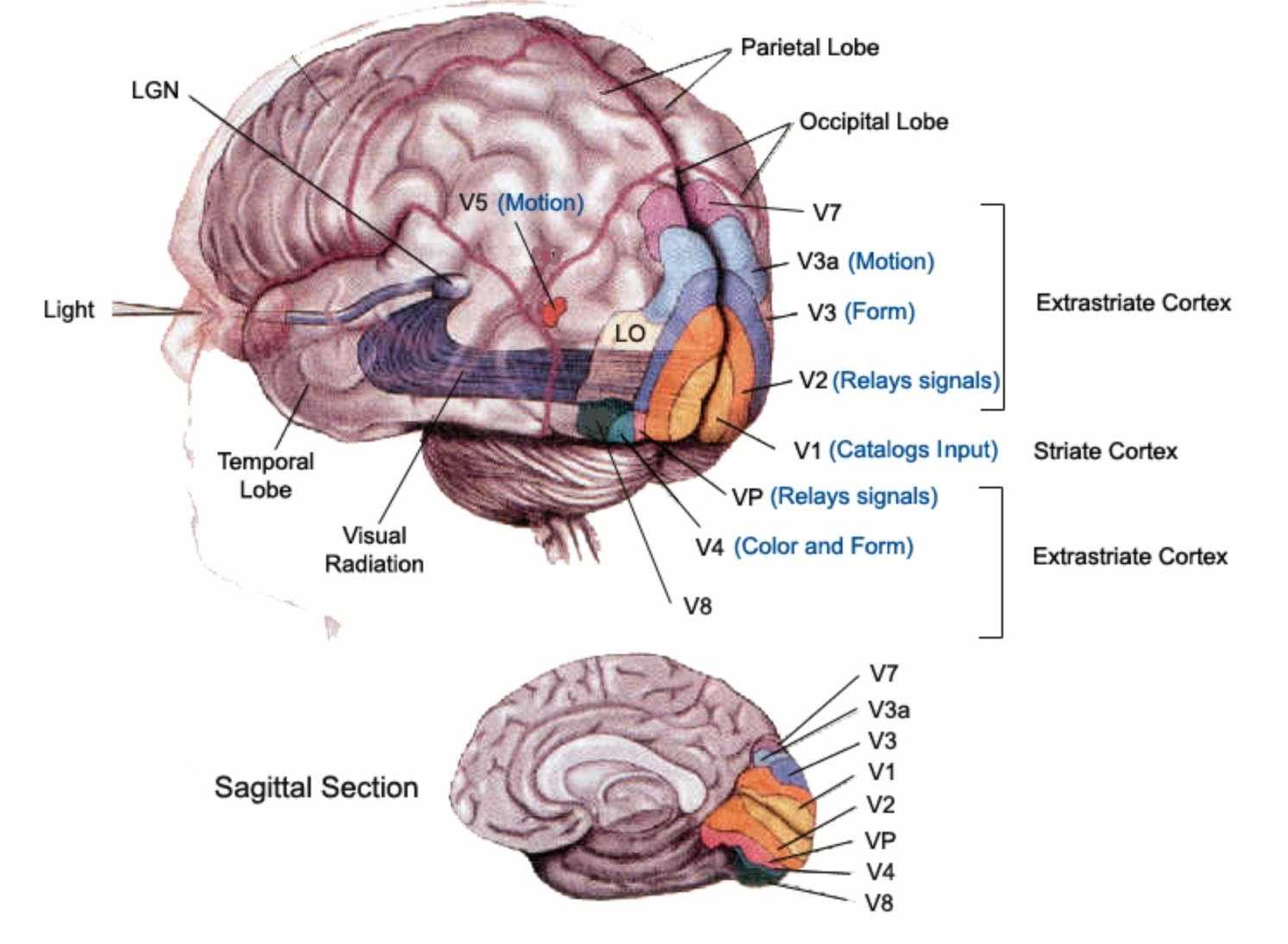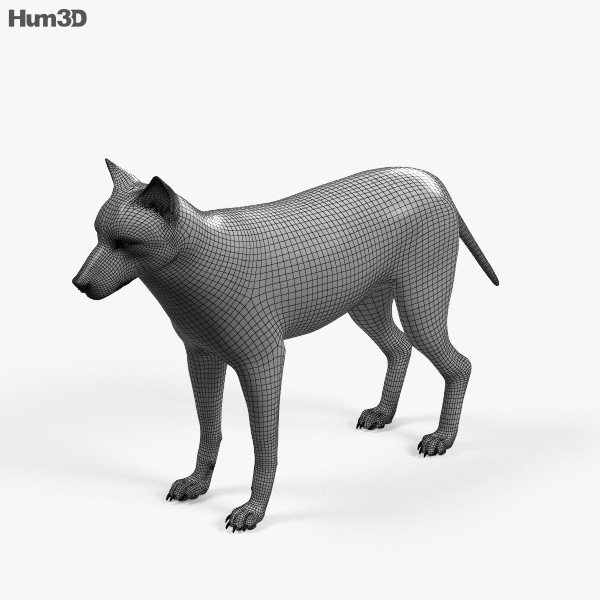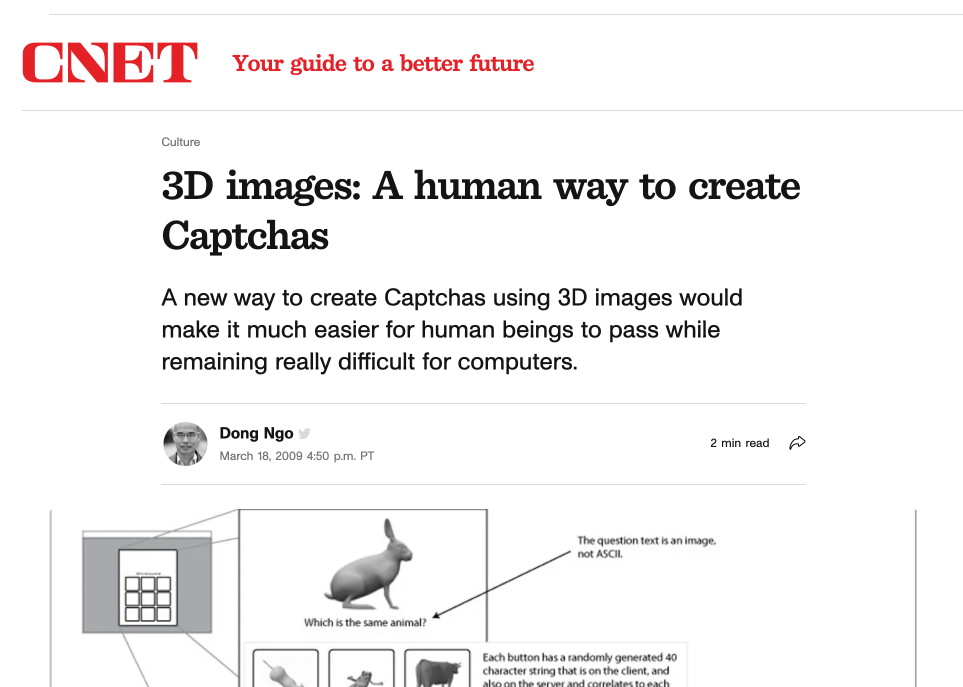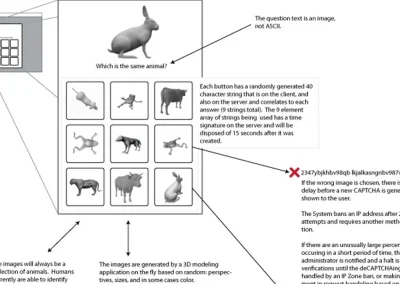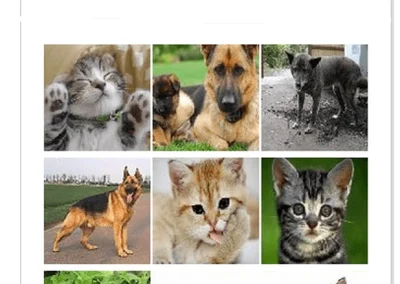01 –
Understanding the problem
In 2009, the human verification application, reCaptcha, as well as other captcha systems were hard for people to use. The garbled text they displayed was hard to read and often led to people misinterpreting, and consequently mistyping the captcha text they were presented with.
At this time, text recognition systems were also becoming more advanced, compromising the ability of reCaptcha to verify if it was a person or a computer that was trying to interact with a site.
A new way of verifying a human user needed to be found; one easy to interact with yet difficult to hack.
CONSTRAINTS
The reCaptcha team was a non-profit group with a small budget working out of Carnegie Mellon. This meant the final solution had to be easy to implement and maintain.
PROJECT TIMELINE
There was no end limit on this project because I was donating my time to find a solution. I allotted myself twenty-four hours to consider the different options.
02 –
Taking The Right Approach
Took samples of all the different captcha approaches to date.
Figured out what their strengths and weaknesses were.
Determined which ones were popular and why.
Sample of various captcha techniques
A map of the visual cortex of the brain
Looked into the advantages the human brain has over computers regarding visual recognition.
Thought through the different subcomponents of the visual cortex and the qualities leverageable for a stronger human validation system.
Focused on the part of the visual cortex that can recognize objects from every angle as a 3D model in the mind/brain. Did this due to the computer visual recognition systems were very poor at replicating this at that time.
Figured out a strategy where an easy-to-generate UI could leverage the visual cortex’s ability to model 3D space.
Looked at 3D object modeling applications, how much they cost, and their capabilities.
Determined how many images people can look over in a reasonable amount of time to determine which ones match the target object, while also maintaining a threshold of probability that the correct ones are unlikely to be selected randomly.
Dynamic 3D rendering of object
CNET article publishing my approach
After researching and working through different possibilities, I created the final approach and shared it with the reCaptcha team as well as different technology blogs—such as CNET—who published the approach in 2009. You can read the article here ↗.
03 –
Final Results
I sent the above concept to the reCaptcha team free of charge. A similar concept to the one I sent them was released not soon after, possibly containing some of the ideas from my design which was published in the news source, CNET.


